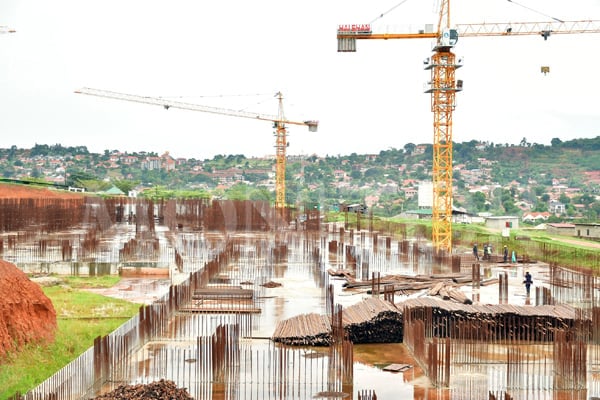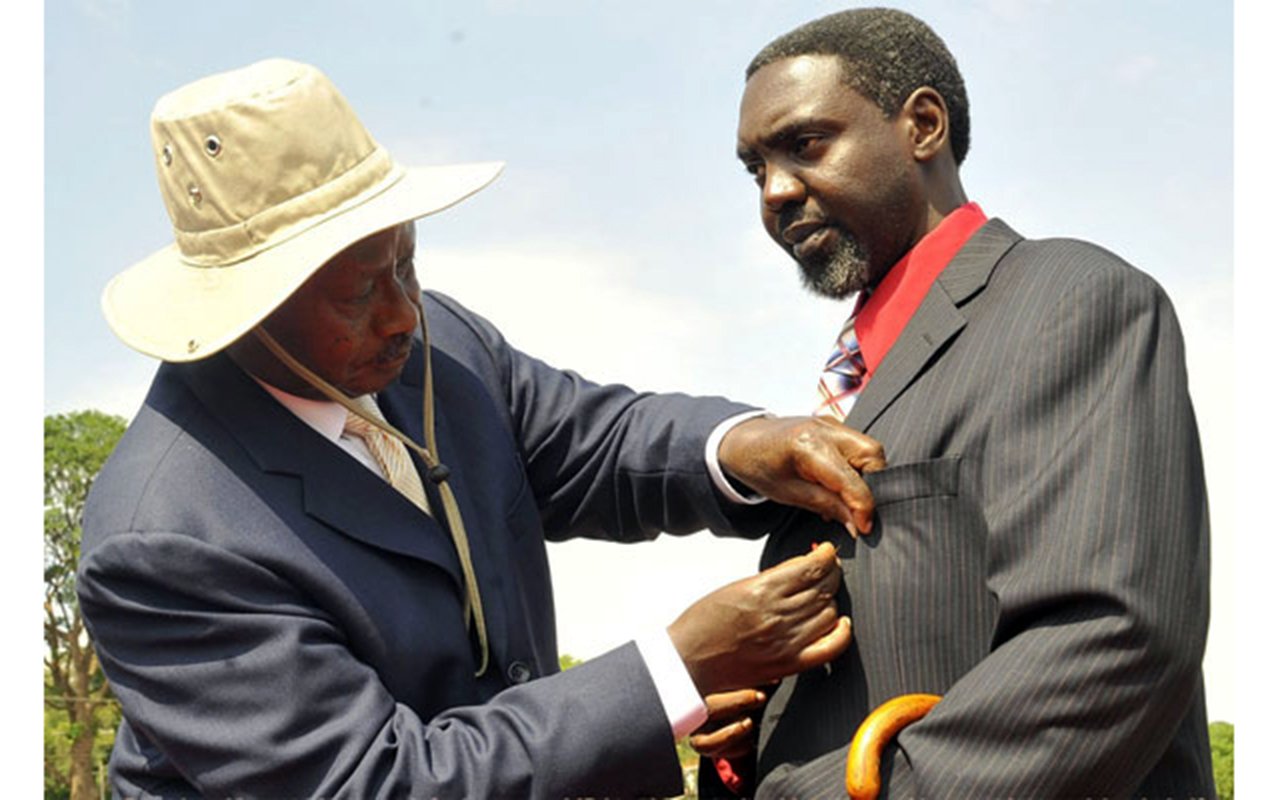Tooro wants Ministry of Energy to regulate fuel stations

Boda boda riders at a fuel station in Fort Portal city on March 21, 2024. Photo/Alex Ashaba
What you need to know:
- Some fuel dealers resort to using motorcycles to transport fuel in jerricans to rural outlets, which violates safety standards. This practice poses numerous risks along the way.
- As of February 2024, there were 4,881 retail fuel stations nationwide.
Stakeholders and leaders from districts in Tooro sub-region have urged the Ministry of Energy and Mineral Development, along with the Uganda National Bureau of Standards, to regulate the proliferation of fuel stations arguing that many fuel stations operating in rural communities fail to meet required standards, posing potential dangers in the future.
During a stakeholders meeting organised by the Ministry of Energy and Mineral Development and the Uganda National Bureau of Standards on March 19 in Fort Portal City, Mr Edgar Mugazi, the Bunyangabu District Environmental Officer expressed concerns about the lack of adherence to standards in his district.
"There is a complete disconnect of standards between the Ministry of Energy and UNBS. In my district, many stations cannot meet the standards, yet they are fully licensed by the Ministry of Energy and certified by UNBS, making our work as inspectors challenging," He said.
Mr Julius Bigabwa, the Kyenjojo District Environmental Officer, said because of many mushrooming fuel stations, some do not have verified vehicles to transport fuel to their outlets.
He attributed non-compliance to the lack of a focal persons in the districts for regular monitoring and reporting due to the centralised nature of the ministry and UNBS.
"Some fuel dealers resort to using motorcycles to transport fuel in jerricans to rural outlets, which violates safety standards. This practice poses numerous risks along the way. Is this truly ensuring safety?" he said.
He added; “You're telling us that when you find fuel stations not meeting standards, you seal them. What happens to the fuel in the tanks? Who removes it, and where does it go? We've never seen trucks coming to remove it."
Other concerns raised during the meeting included the proximity of fuel stations to residential areas and schools, posing risks to people's lives.
The stakeholders recalled an incident on 6th May 2019 in Fort Portal City where one person died and six others were injured after a fuel truck exploded while on transit due to leaking containers.
However, officials from the Ministry of Energy defended the placement of fuel tanks underground, arguing they pose minimal risk to communities. They also attributed the increasing number of fuel stations to high demand.
Mr Peter Kitimbo, a field supervisor from UNBS, said the government is implementing a fuel marking and quality monitoring program designed to ensure the quality of petroleum products throughout the supply chain, thereby guaranteeing consumer satisfaction.
He said despite the program's success, there are still isolated incidents of fuel adulteration, smuggling, and dumping.
"We now conduct fuel testing at fuel stations within approximately five minutes using our laboratory equipment. This enables us to determine if the fuel has been adulterated. If it fails to meet standards, we seal the fuel station to prevent the sale of non-compliant products," he said.
As of February 2024, there were 4,881 retail fuel stations nationwide, with monitoring coverage reaching 83 percent.
Kitimbo said the overall compliance stands at an impressive 99.3 percent. However, he acknowledged that some fuel dealers preemptively alert each other of impending inspections, allowing them to remove substandard fuel from their tanks.
He warned fuel station owners, particularly those with stations sealed for non-compliance, emphasizing that tampering with seals is illegal and will incur significant penalties.
Despite the high national compliance rate, he noted regional disparities, with the western region exhibiting the highest non-compliance rate at 36 percent, followed by the southern region at 28 percent, eastern region at 22 percent, central region at 11 percent, and northern region at 3 percent.




